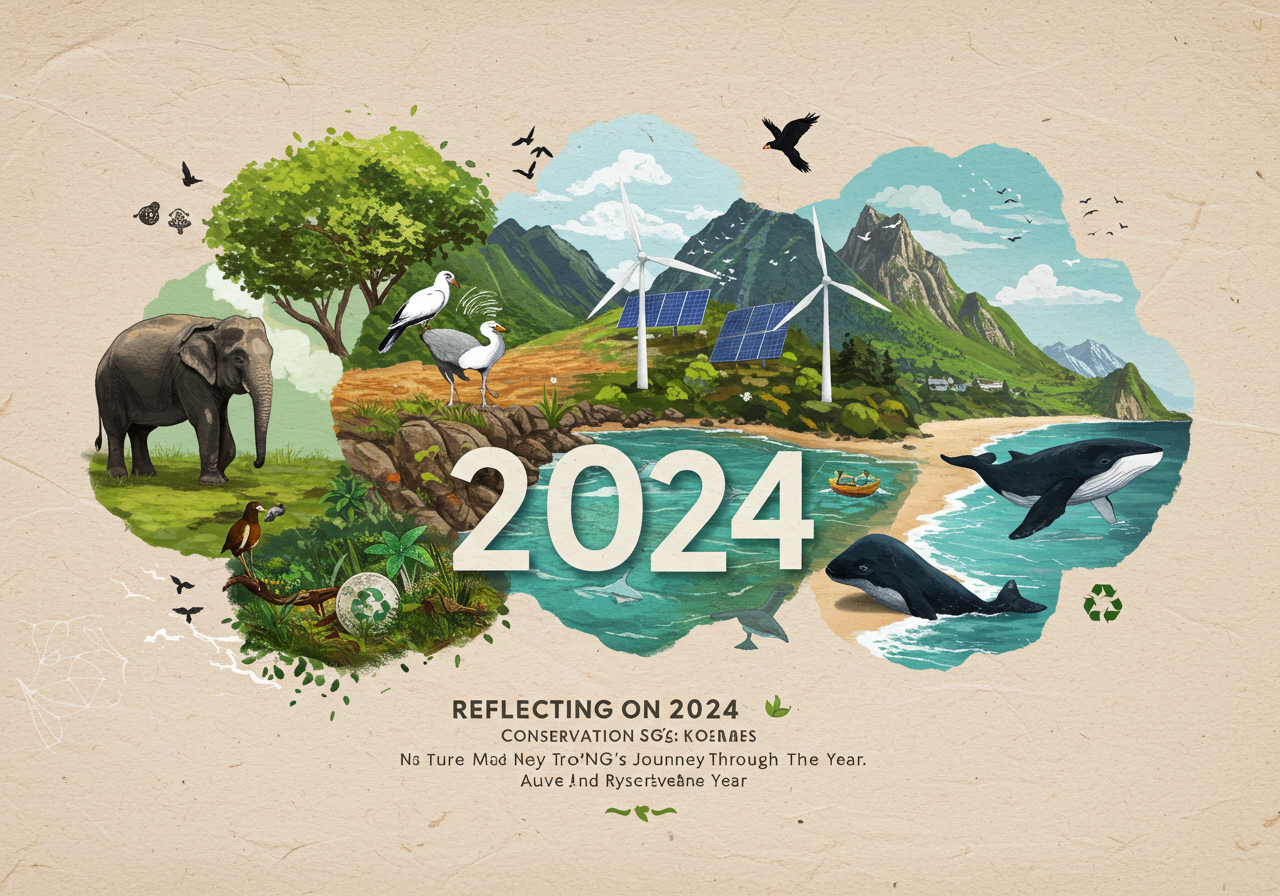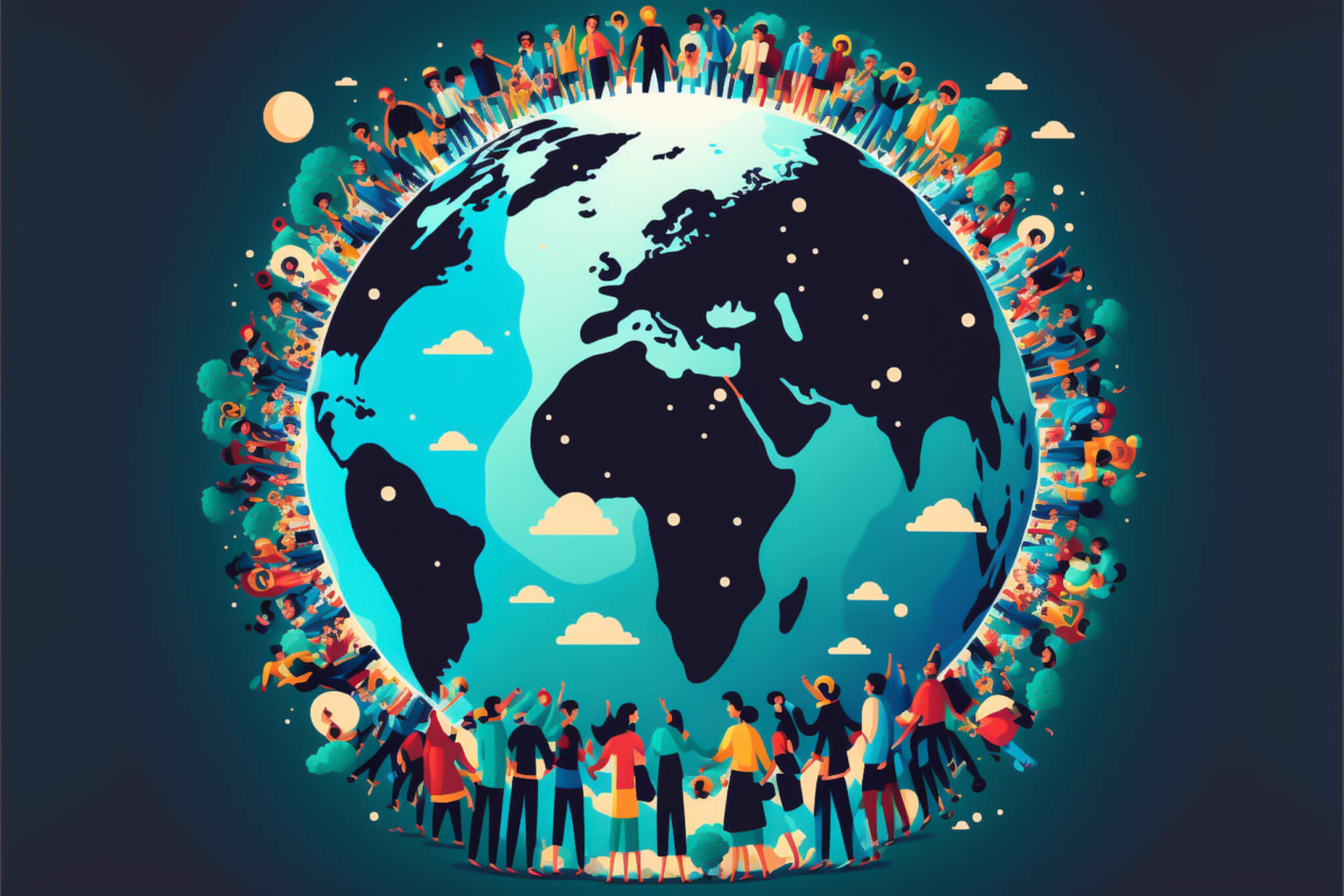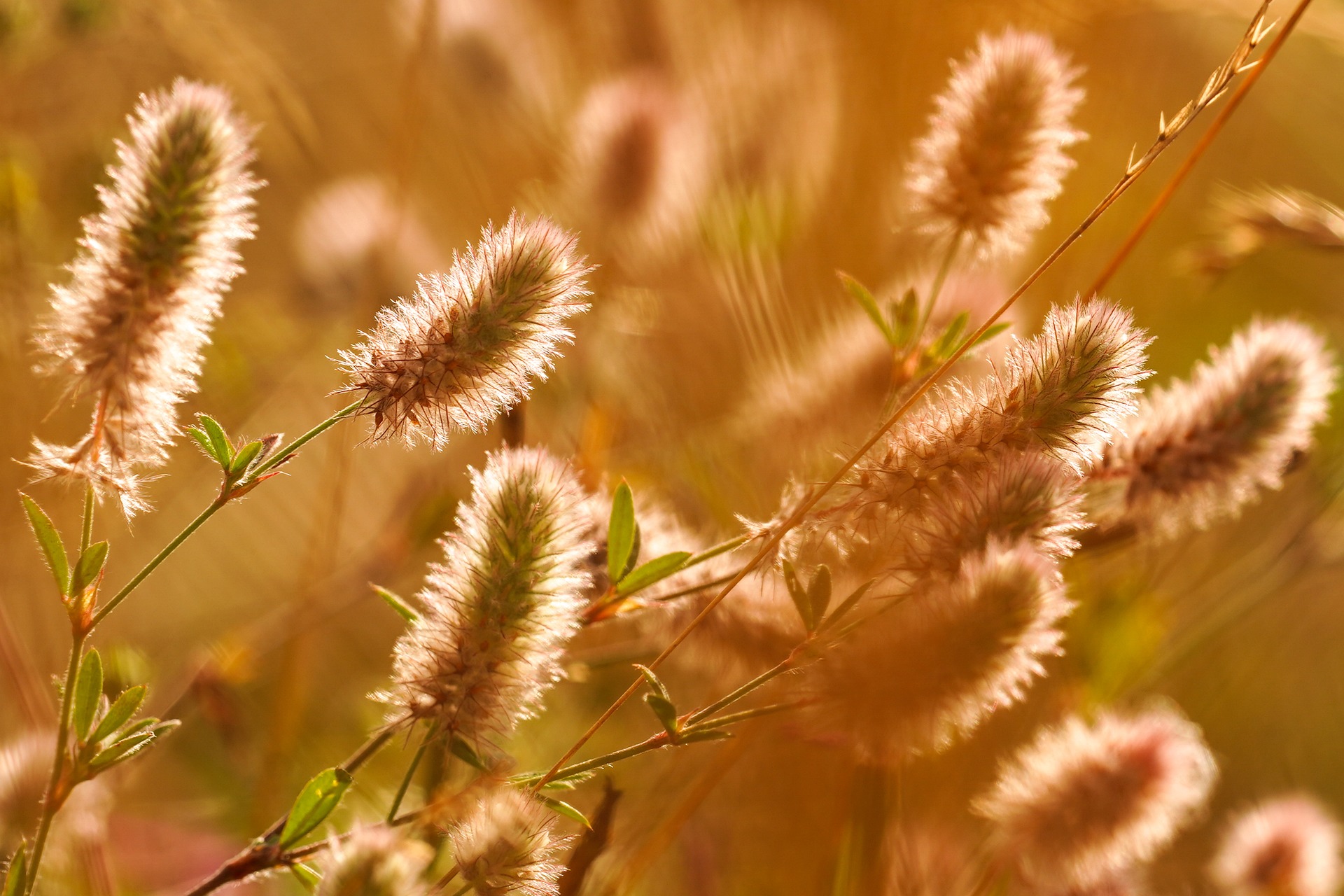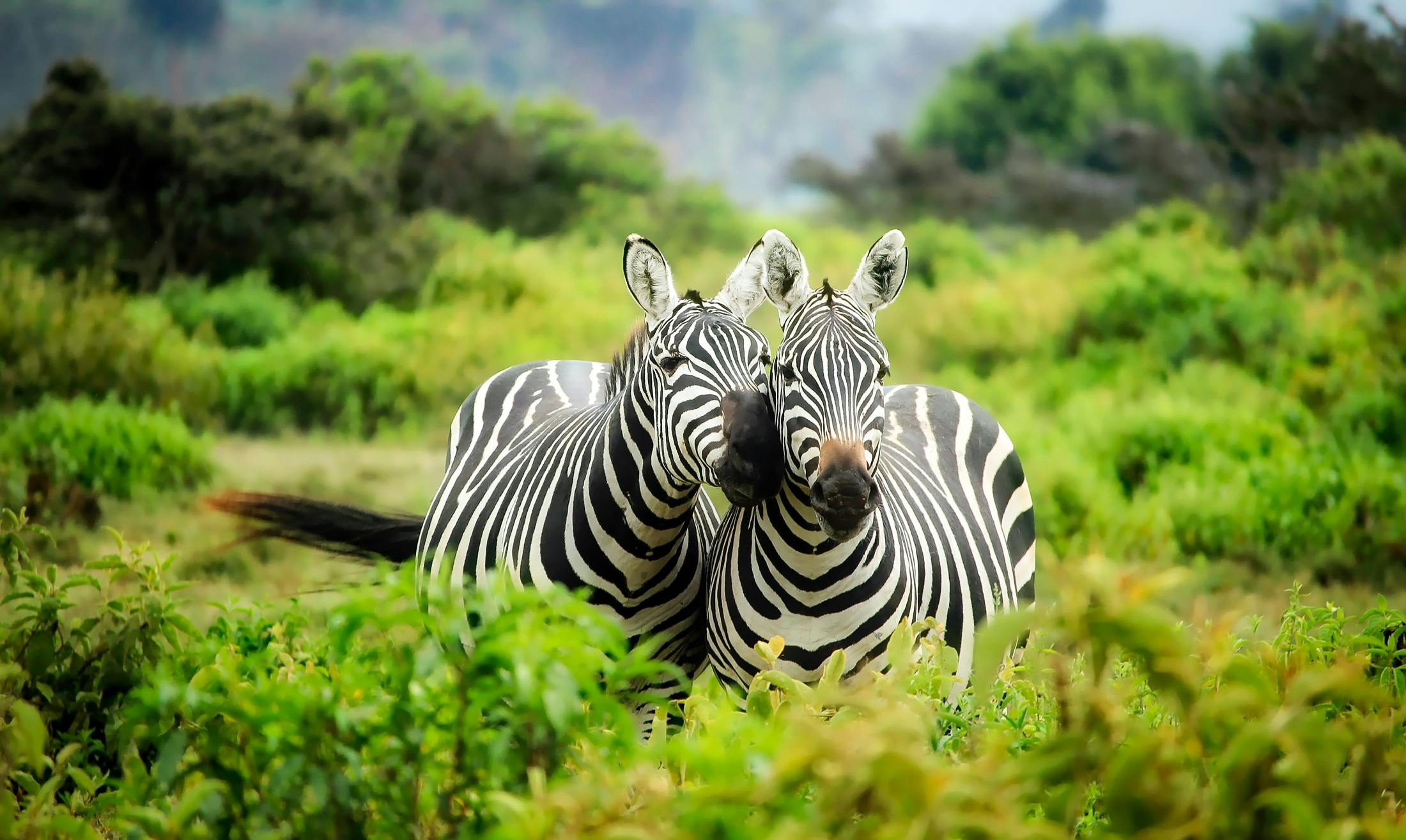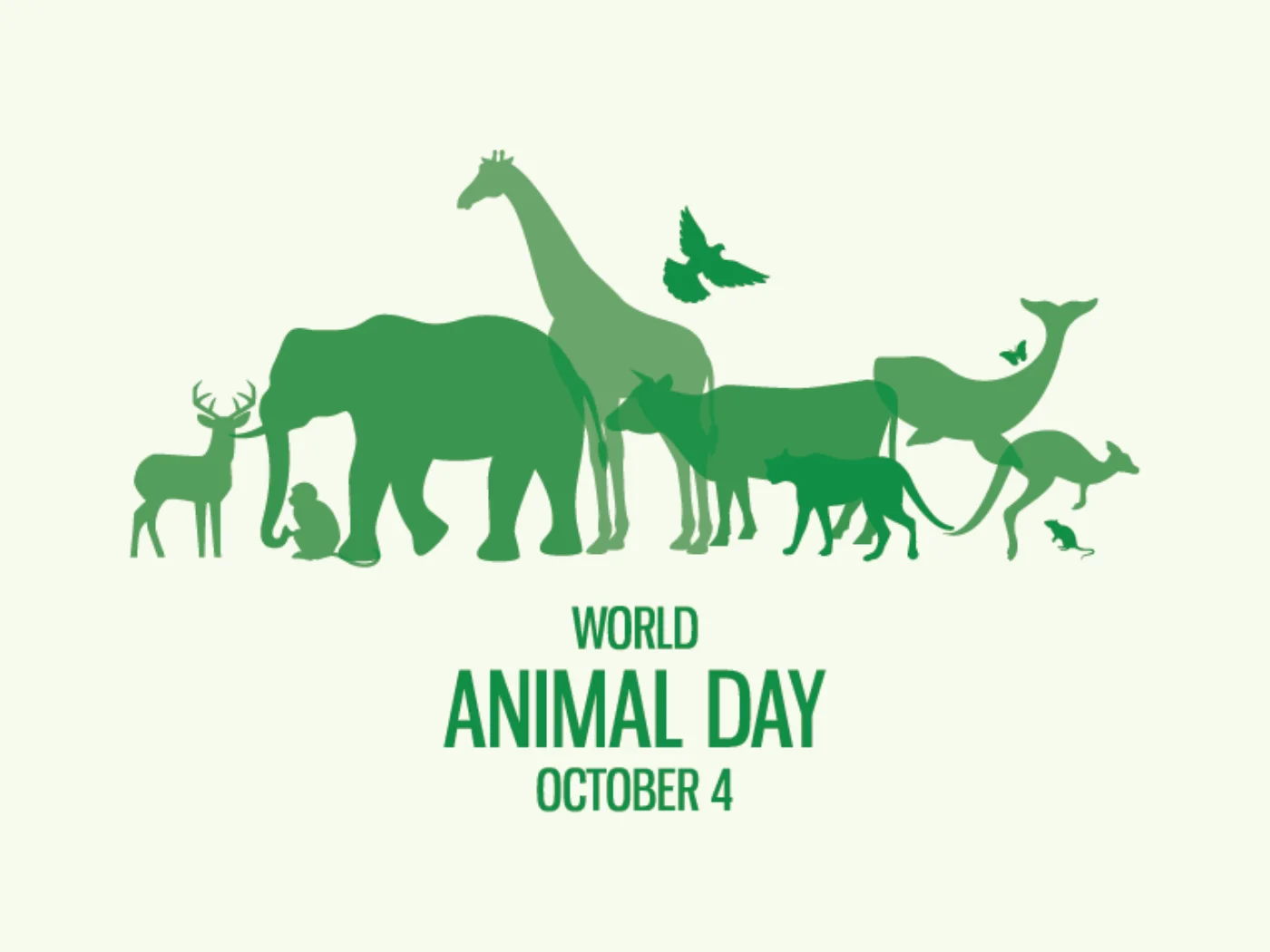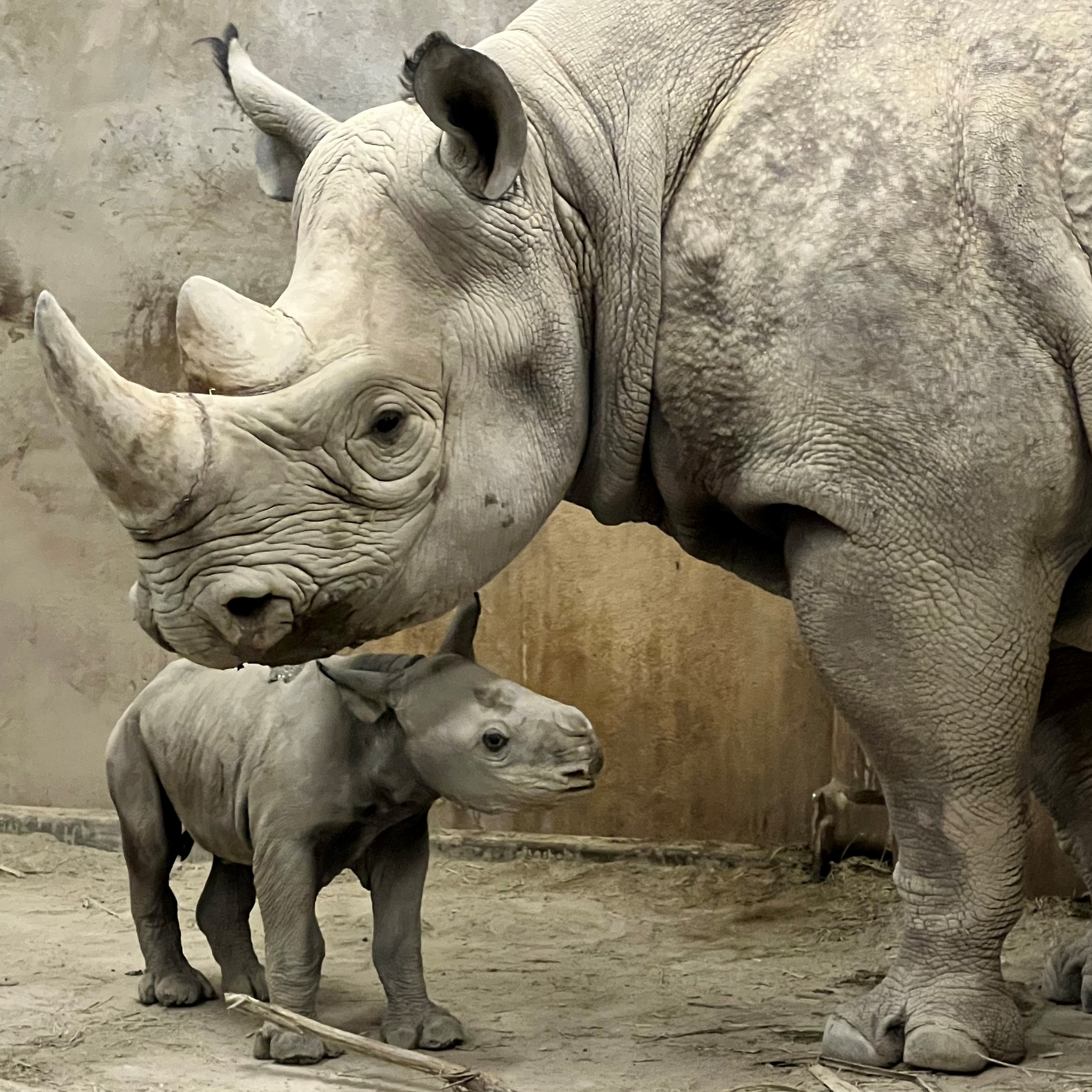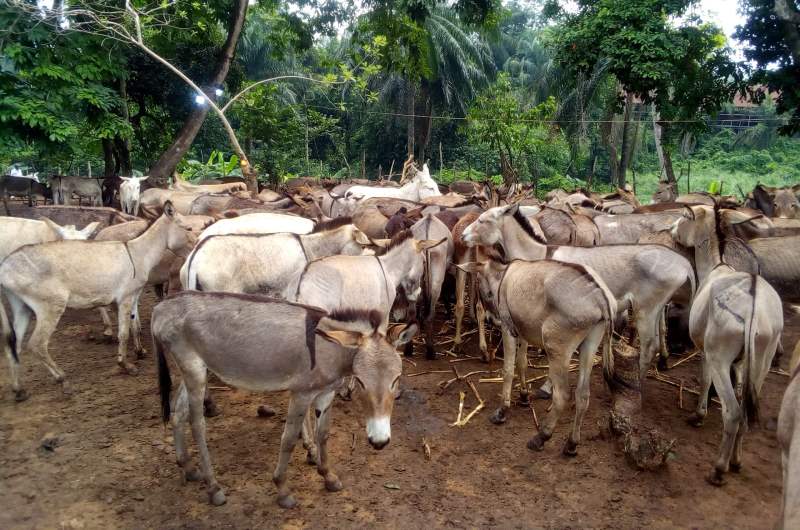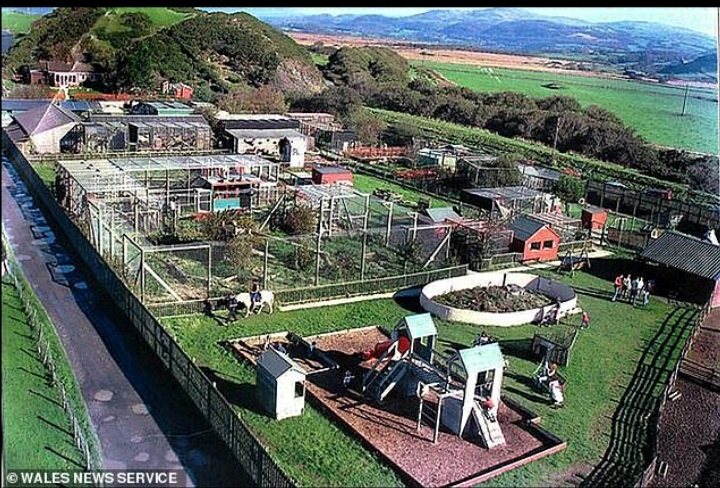As 2024 comes to a close, we at ConservationsNG want to take a moment to reflect on an incredible year of raising awareness, sharing knowledge, and advocating for conservation, wildlife, and a healthier planet. From wildlife stories to climate action, it’s been a lot of learning, exploring, and encouraging change. Let’s check out the highlights of what we’ve covered this year and why you should stick with us for even more in 2025.
Celebrating Parks, Wildlife, and Ecotourism
This year, parks and ecotourism took centre stage on ConservationsNG. We looked into how parks serve as safe havens for wildlife while offering unforgettable experiences for visitors. Articles like Kainji Lake National Park became readers’ favourites, showing just how much these natural treasures mean to our readers. We also went global with Top National Parks in the World, spotlighting stunning locations that remind us why we need to protect our planet.
Wildlife Conservation and Fascinating Insights
Wildlife was another big focus. We wrote about the Nigerian government stepping up its efforts to protect wildlife, which was an inspiring development. On a more sobering note, we covered challenges like the mass beaching of 130 whales in Western Australia and the tragic story of a hippopotamus fatally attacking a guard in Kebbi. These events reminded us of the delicate balance between humans and wildlife, leading to articles like Understanding Wildlife Behavior and Human-Wildlife Conflict.
We also tackled interesting myths and misconceptions. One standout piece was Are Snakes Poisonous or Venomous?, where we explained the difference between the two: “If it bites you and you die, it’s venomous. If you bite it and you die, it’s poisonous.” It was a fun yet informative way to help readers understand these often misunderstood creatures.
Diving Into Plant Life and Permaculture
Plants got their fair share of the spotlight too! We answered the thought-provoking question Do Plants Feel Pain? by explaining that plants don’t have pain receptors, even though that doesn’t give us an excuse to harm them recklessly. We also focused on permaculture, highlighting its role in sustainable farming and environmental restoration.
Standing Against Plastic Pollution
On Earth Day, we joined the global fight against plastic pollution with Planet vs. Plastics: Earth Day 2024’s Urgent Call to Action. This article showed the immense threat plastics pose to our planet and how small changes in our daily habits can make a big difference.
A Love Letter to Forests
One of our favourite features this year was 10 of the Largest Forests in the World. We discovered the vast beauty of forests like the Amazon and Taiga, sharing their vital role in balancing our ecosystems. Forests aren’t just beautiful—they’re essential for life on Earth.
Climate Action and Global Conversations
Towards the end of the year, COP29 took the stage, and we jumped in with our coverage, COP29: A Crucial Step Toward Climate Action and Financial Reform. This global gathering set the tone for urgent climate action and inspired us to write even more about how we can all contribute. Articles like Simple Habits for a Greener 2025 gained quick attention, showing that our readers are eager to make positive changes.
Observing Conservation Holidays
From International Day for the Preservation of the Ozone Layer to Earth Day, we observed key moments that remind us why conservation is so important. These events helped us reflect on how far we’ve come and how much more we need to do.
Looking Ahead to 2025
As we look forward to 2025, we’re excited to keep exploring the fascinating world of conservation. Whether it’s uncovering hidden wildlife stories, diving deeper into climate solutions, or spotlighting breathtaking parks and forests, we’ll be here to inspire, educate, and advocate for a healthier planet.
We couldn’t do this without you, our amazing readers. Your comments, shares, and support keep us motivated to continue this vital work. So here’s a big thank you from all of us at ConservationsNG.
Let’s make 2025 even better! Stay tuned for more articles, tips, and stories that celebrate our planet and the incredible life it supports. Together, we can create a brighter, greener future.
Until next year, keep exploring, keep learning, and keep caring for our world. See you in 2025! 🌍
